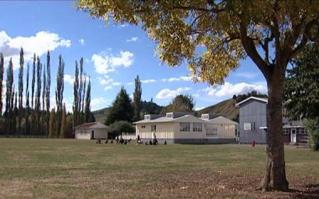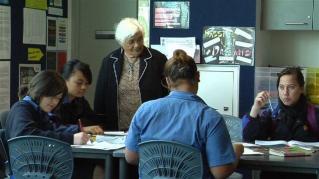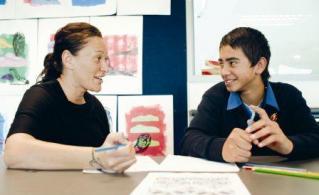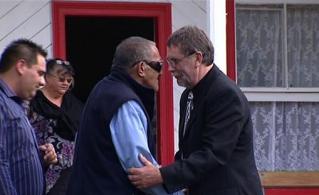Section navigation

This clip looks at changes that Taihape Area School made to its timetable, option lines, and the structure of lessons – in order to better engage Māori students. The changes made to the school curriculum demonstrated the intent of The New Zealand Curriculum (pages 37 to 42), by linking to the ‘particular needs, interests, and circumstances of the school's students and community’. As a result, students were able to demonstrate the key competencies associated with self- management, thinking and planning.
The school made the changes by accommodating the values of its Māori community – thus aligning with Ka Hikitia, the Ministry’s Māori education strategy, which emphasises the importance of teachers/schools validating Māori culture and valuing the knowledge that Māori students and whānau bring.
Questions / Things to think about / Activities
- The principal at Taihape Area School instigated significant organisational change. What could leaders at our school change to enhance Māori student achievement? What would be the benefits? How could the changes be made? How could we evaluate the impact of the changes?
- In what ways does our school try to ‘fit’ the Māori student – rather than making the Māori student ‘fit’ the school’s structures and processes?
- What evidence is there that shows what works for Māori students – in terms of school structures and transitions? (Pages 30-31 in Key evidence: Ka Hikitia may be helpful, for example.) How can we optimise that evidence in our school setting?
- To what extent is the leadership team in our school actively taking responsibility for Māori students’ success?
- Ka Hikitia, the Ministry's Māori education strategy, identifies Māori language education as an area of vulnerability for Māori students. How do we ensure that Māori students are able to access te reo Māori as an option? What can we do to support Māori language teaching/learning in our school, to enhance the quality of te reo Māori? Some examples are making timetable changes; providing requisite resources; and ensuring appropriate teaching methods and assessment practices.
- What are some innovative ways that we could share with Māori whānau the successes of their tamariki – to ensure that success is celebrated and that success leads to success?
- What are some key questions that we can ask ourselves about how to approach the delivery of the curriculum, so that Māori students can see themselves and their culture reflected in the subject matter/learning context? For example, what approach would work for Māori students? Can we adapt/change/tailor our programme so it works better for Māori students? How can we embody a Māori perspective in our work?
- What were the benefits of Taihape Area School introducing curriculum options? Some examples include demonstrating key competencies; accommodating Māori values; improving teacher-student relationships; creating stronger school-whānau-iwi links; and teaching to student needs (not predetermined content).
Filed under: Productive partnerships | Identity Language and Culture | Effective leaders





